
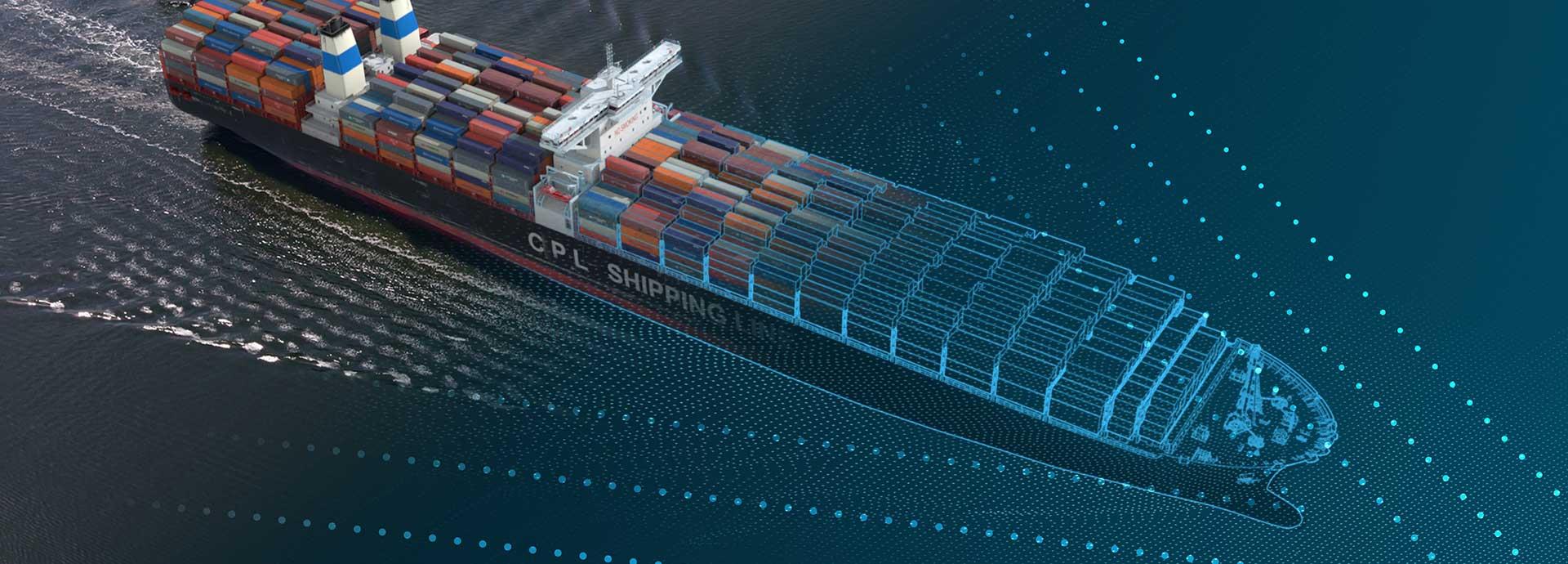
While traditional methods of data collection like noon reports are still common across the maritime industry, it is clear that digitalisation is the future. “Moving from traditional to smart operations takes time, but starting the digital journey is essential to future competitiveness,” says Venla Pouru, Eniram’s Senior Portfolio Product Manager.
“There are three key drivers for going digital,” says Pouru. “First; competitive pressure for cost efficiency. Second; environmental factors and compliance requirements, and third; stakeholders in the shipping value chain increasingly requiring digital operations from their business partners.”
Going digital is a highly efficient way of optimising the entire voyage on a scale that merely investing in engine technology or other individual equipment can’t quite achieve. It adds value by making information transparent to stakeholders in real time, for example, through algorithms and simulations that exceed human ability for efficient decision-making.
“No matter the equipment, a vessel is only as efficient as its crew,” says Pouru. “The real savings are made when the crew can use technology to optimise the entire voyage.”
In fact, the most advanced players are already using data and machine learning as part of their performance management systems, building it into KPIs and making it core to their business.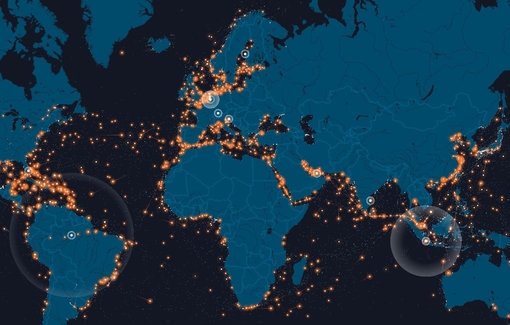
Traditional, Connected, Smart or Autonomous?
With its marine software expertise, Eniram now forms a key part of Wärtsilä Marine’s Voyage Solutions, bringing years of industry specific knowledge to bear helping customers navigate their own digital journey. Eniram distinguished between four phases of digitalisation, helping shipping companies identify which stage they’re at before selecting the best approach for unlocking their digital potential.
The Traditional method of recording shipping data has been with us since Columbus. It relies on manual data collection and written documentation. Analysis takes the form of noon reports, prepared by humans and calculated according to speed and fuel consumption.
Connected operations entail automated data collection that enables a continuous flow of ship-to-shore analysis. Analytics and management of different vessels is compared manually. In this phase, fuel consumption is commonly compared to yearly budgets based on historical data, and opportunities to adapt to and capitalise on potential efficiencies may be lost.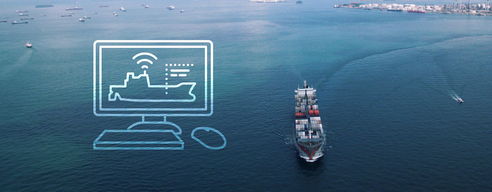
Smart operation relies on an automated data collection system that uses cloud-based technologies to analyse data in real time. Machine learning enhances performance analytics, passing on recommendations to humans who use their judgment to make operational decisions.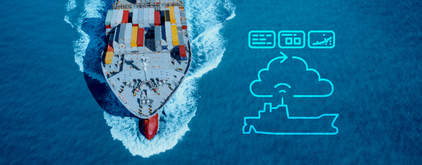
Autonomous operation sees humans moving into the role of supervisors; data collection, performance analytics and decision-making are all automated and driven by artificial intelligence.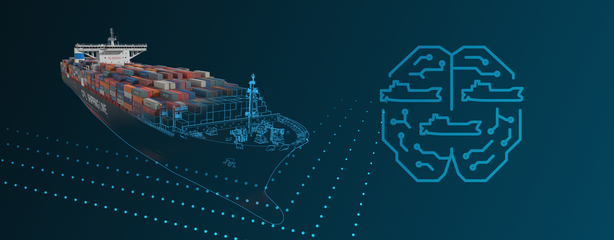
In Pouru’s experience, the majority of the industry is currently operating somewhere between the first two phases, so there’s plenty of room for the industry to embrace efficiencies by digitalising their operations.
Getting started on the digital journey
Companies should approach their digital journey in a deliberate and phased manner. Building or updating infrastructure is just as important to adding value as technological enhancement, so digitalisation isn’t a one-off project.
“From the industry point of view, change will be gradual and will not happen as a Big Bang. It will happen system by system, or even by subsystem,” Pouru explains.
The key to making the most of any move forward is to remember that collecting data is not simply an end in itself. If companies don’t put in place the organisational capability to capitalise on enhanced data collection and analysis, then they’re not making the most of the technology.
Pouru advises keeping changes contained and controlled. “Experiment, be curious and challenge existing practices – and be prepared to incrementally adapt your infrastructure and culture,” she says.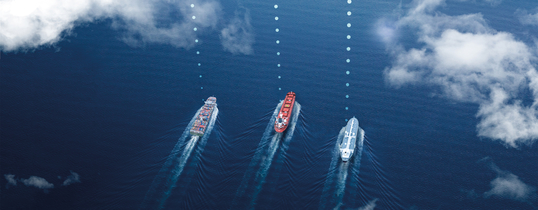
The economies of sharing
With new accessibility to accurate data will come pressure to share it with partners in the value chain. This will drive a shift in customer expectations, and those who can deliver transparency and efficiency will be the ones to prosper.
It is a leap of faith to share data with partners, but everyone wins if you do, explains Pouru. From predictive voyage optimisation offering greater fuel efficiency and sustainability for operators to cargo owners gaining visibility beyond basic compliance reports, the entire maritime ecosystem budgets and operates better.
Digitalisation may not yet be mandatory in the maritime sector, but all trends indicate that it will be an industry norm to go digital. Customers are no longer asking why they should digitalise, but how, according to Eniram. Thankfully, there are plenty of good answers to that question, and every business needs to find an approach that works for them. There are myriad ways and reasons to embark on your own digital journey, and getting expert advice is a great way to start.
To learn where you are on your journey marine digitalisation, please take the assessment by clicking on the link below:
https://go.wartsila.com/marine-digital-maturity-assessment
Did you like this? Subscribe to Insights updates!
Once every six weeks, you will get the top picks – the latest and the greatest pieces – from this Insights channel by email.
